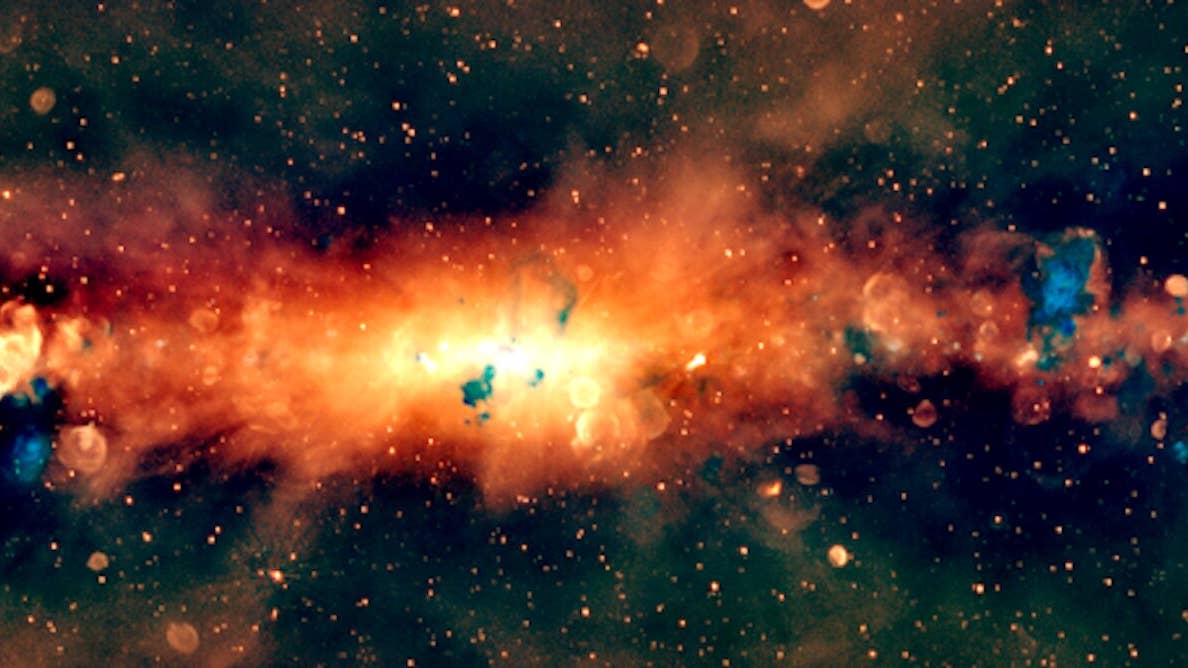A First Look Inside Virgin Galactic’s Commercial Spaceship

Share

SpaceShipTwo hitches a ride to 50,000 feet on this modified airplane. It's rockets then propel it to space!
If there is one dream that captures the imagination of most little children, it is that of space travel. Countless books, movies, and heroes (both real and fictional) are available to feed that dream. But for most of mankind’s space-faring history, traveling into space meant having to be an astronaut. And being an astronaut meant being the best of the best in the Navy or Air Force. Or at least lucky enough to be chosen as a civilian astronaut - a highly competitive position for which many well-deserving and qualified people are rejected. However, just as we are now witnessing the government’s monopoly on space travel diminish, we are also witnessing the birth of the commercial space travel industry. And no one is doing a better job of advancing this fledgling industry than one Sir Richard Branson, the billionaire Brit who heads the Virgin brand of businesses. Recently, the BBC was allowed a peek into Virgin Galactic’s new spaceship! Check out the video below featuring a tour of the spaceship as well as an explanation of the engineering tricks that allow it to go into suborbital flight at a fraction of the cost of NASA’s recently retired Space Shuttles. A second video shows the most recent test flight where the spaceship's unique reentry system was put to the test.
Currently, a seat on SpaceShipTwo will cost $200,000 with a minimum 10% deposit! I don't know about you, but that's still quite a high figure. However, consider that the handful of space tourists to date have paid approximately $20 million per flight. Sure, they spent 1-2 weeks in space rather than 5 minutes, but Virgin Galactic is betting more people would pay $200,000 for 5 minutes than $20 million for several days. And with at least 300 seats sold already and flights scheduled to start taking off in late 2012 or early 2013, it seems they may be onto something here.
Be Part of the Future
Sign up to receive top stories about groundbreaking technologies and visionary thinkers from SingularityHub.


Ok, I have to admit that writing this story has me a bit more giddy than most others! I was definitely one of those kids who always dreamed of going into space. And as often happens, I grew up and found other, perhaps more practical interests to pursue for a career. But the longing to leave this planet, even just momentarily, is something that has always been with me and it finally appears that this dream can become a reality! I suppose this isn’t that surprising, as mankind continues its relentless drive to master our universe. Further, it isn’t even surprising that Richard Branson is leading the way, considering the audacity of his vision has even prompted him to buy Pluto (who has the right to sell it?) and attempt to add enough mass to the minor planet so that it can regain it’s former status as a major planet! Say what?! Well, I won’t hold my breath because I don’t care much about how Pluto is classified as much as I care about the evolution of the technology that can take us to Pluto’s neighborhood. We’re certainly not close to developing spaceships that can reach the speed of light, if that’s even possible. But you don’t know what you can do until you try and seeing how we’re only a couple of years away from commercial spaceflight, I’d say we’re on a pretty good trajectory to find out!
Sources: Virgin Galactic
Image credits: Virgin Galactic
Video credits: BBC, Virgin Galactic
Related Articles

Data Centers in Space: Will 2027 Really Be the Year AI Goes to Orbit?

Scientists Say We Need a Circular Space Economy to Avoid Trashing Orbit

New Images Reveal the Milky Way’s Stunning Galactic Plane in More Detail Than Ever Before
What we’re reading